Fourth Decade: The Carrying of the CrossLe Christ quittant le prétoire (Christ Leaving the Court) Gustave Doré (1874-1880) oil on canvas, Very Large: approximately 16 feet high by 23.5 feet wide Currently located in Museum of Fine Arts, Nantes, France There are two figures that really pop out of this scene because they are so bright. Can you point to them? One is a man, the other is a woman. Can you tell me their names? Read the title of this painting. Do you know what is happening here? I'm sure you remember the story we've been reading the past few weeks: Jesus was in Jerusalem celebrating the Jewish holy day of Passover with His friends. On Holy Thursday, He knew that the time had come to fulfill His purpose. While He was in the Garden of Gethsemane, He was arrested. He was brought to many places and accused of many things; while He was there, He was beaten in many ways. Pontius Pilate, the Roman authority in the Holy Land, presented Jesus to the crowd and asked them, "Should I free Jesus, or should I free Barabbas?" Barabbas had committed horrible crimes; Jesus committed no crime. It didn't matter to the people in the crowd. They shouted that they wanted Barabbas to be set free. This painting shows the moment when the soldier broke the crowd apart to make room for Jesus to walk forward to pick up His Cross. There are so many people in this crowd. It would take us a long time to count them all! But we could do it if we wanted to. I would count pretty slowly because I would want to look carefully at each person. Can you see how each one is so distinct, so set apart from the rest of the crowd? Each one is his or her own individual, reacting to the judgment of Jesus in his or her own unique way. There's also a lot of moving: running, falling, talking, jostling. Take a minute to just look at the people. Talk about some of the people you see. Who are they? How do you know? What are they doing? Can you see their faces? How do you think all of these people feel? I see a man holding the cross. How do you know that he's not Jesus? Who is walking with Jesus? How do you know who he is? The only calm faces in this emotional scene are those of Our Redeemer and His Blessed Mother. This surprises us because they are the ones who are suffering the most here-- they should be the ones crying out, pushing to escape! But they don't because they have complete faith in this work of God. Jesus and Mary look noble, dignified, and perfect. Do you remember how we talked about Jesus' glow when we studied our Advent art? Jesus is glowing here, too, isn't He? Jesus' body seems unusually long to me. The artist may have chosen to draw Jesus this way to emphasize Jesus' supernatural and divine quality. Let's look at a statue now. Christ the Redeemer, also known as Christ Carrying the Cross and Risen Christ Michelangelo (1514-1521) marble, a little bigger than life-sized: approximately 7 feet tall Located in the Church of Santa Maria sopra Minerva, Rome, Italy I enjoy sculpture even more than I enjoy painting because I find it so amazing that artists can turn a solid slab of hard, cold stone into something that looks lifelike, soft, warm, and human, so I am really excited about sharing this one with you! Look at the hands and fingers, hair, and muscles that the artist Michelangelo was able to carve! It all looks so real! Everything looks so respectful of God's creation! Two weeks ago I told you about the symbol for St. Mark's Gospel. Do you remember what it is and why? The lion, because it is powerful and noble. Jesus looks powerful, noble, and perfect here. This statue shows Christ carrying the cross, but there is no evidence of the wounds Our Savior suffered at the scourging or crowning. Both Michelangelo and Doré, who painted the work above, chose to show Jesus without wounds because they wanted to focus on Christ's nobility, dignity, and perfection as well as His perfect sacrificial offering of Himself so that we could be redeemed (or saved) from our sins. Jesus is not only carrying the Cross in this depiction; He hugs it, reminding us that He was happy to do this for us. How grateful we need to be for that! We must show our gratitude and love by improving ourselves every day and by participating in all of the sacraments of the Church: being baptized into God's family, going to Confession and receiving Communion as often as we can, being confirmed, being married in the Church-- or maybe becoming a deacon, priest, or religious-- and asking for God's healing oils when we are sick or dying. If you look carefully, you will see a rope wrapped around a staff. The rope indicates that the devil is now bound and under the feet of the risen Christ. The wooden staff that you see the Good Shepherd holding originally had a cloth banner attached to it: Jesus rose from the dead and is the King of the Universe! Now, with The Carrying of the Cross in our imagination, let us pray.First Sorrowful Mystery: Agony in the Garden Second Sorrowful Mystery: Scourging at the Pillar Third Sorrowful Mystery: The Crowning of Thorns Fifth Sorrowful Mystery: The Crucifixion For families with very young children, or for families new to the Rosary, simplify by only praying the Sign of the Cross, the Lord's Prayer, and the Hail Mary. These prayers are inside the front and back covers of your child's workbook. Follow the graphic: For families ready to push it forward, add in one new prayer each week until you have a complete decade. Follow the outline: Hold the Crucifix in your right hand. Make the Sign of the Cross properly, using the right hand only. Still holding the Crucifix, state what you believe as a Catholic by saying the Creed. Move to the first bead. Pray one Our Father. Move to the next beads. Pray the Hail Mary three times, once on each bead. Move to the next bead and pray one Glory Be. Stay on the same bead. Announce the Mystery by saying these words: The Fourth Sorrowful Mystery, The Carrying of the Cross. Pilate heard the people cry out, "Crucify Him" so he ordered Jesus to be nailed on a cross. But first, Jesus had to carry His own cross up to Calvary. The cross was very heavy and the wood was splintery, not smooth. The soldiers put it on His shoulder and it rubbed against His already torn flesh. As He walked the streets of Jerusalem, the people laughed and shouted at Him. When He fell, the soldiers made Him get up immediately. Once along the way, He met Mary, His Mother, but she could do nothing to help her dear Son. Veronica ran out of the crowd and wiped His face with her veil. Some good women wept for Him. And Simon of Cyrene helped Him carry the cross a short way. God, His Father, allowed this punishment because He knew how many people commit sins by ignoring their responsibilities. Jesus took on the punishment for our sins so that we have the chance to go to Heaven. We recognize this Sacrifice, and we ask for Jesus' help with battling temptations of complaint and irresponsibility. Jesus, help me to be better at carrying the cross that you have assigned to me, and help me be sensitive to the crosses that those around me must carry. Stay on the same bead. Pray one Our Father. Move through the next ten beads, praying the Hail Mary on each one. Move to the next bead. Pray one Glory Be. Stay on the same bead. Pray the Fatima Prayer. Make the Sign of the Cross using the Crucifix. AMEN! Lenten Application
0 Comments
Your comment will be posted after it is approved.
Leave a Reply. |
Upcoming Family Events
here in our program, here at our parish, and throughout our Diocese. Categories
All
Archives
April 2024
|
-
Welcome
- About
-
Ministries
>
- Altar Servers
- Black Catholic Ministry
- Dementia and Alzheimer's Caregivers Support
- Extraordinary Ministers of Holy Communion
- Filipino Ministry
- Garden Ministry
- Grief Support
- Lectors
- Men's Club
- ministerio hispano
- Ministers of Hospitality
- Ministry of Mothers Sharing (MOMS)
- Music
- Prayer Groups >
- Religious Articles Store
- Thrift Shoppe
- Organizations >
- New Here?
- The Sacraments
- Making Disciples
- News / Events
- Contact Us
Proudly powered by Weebly

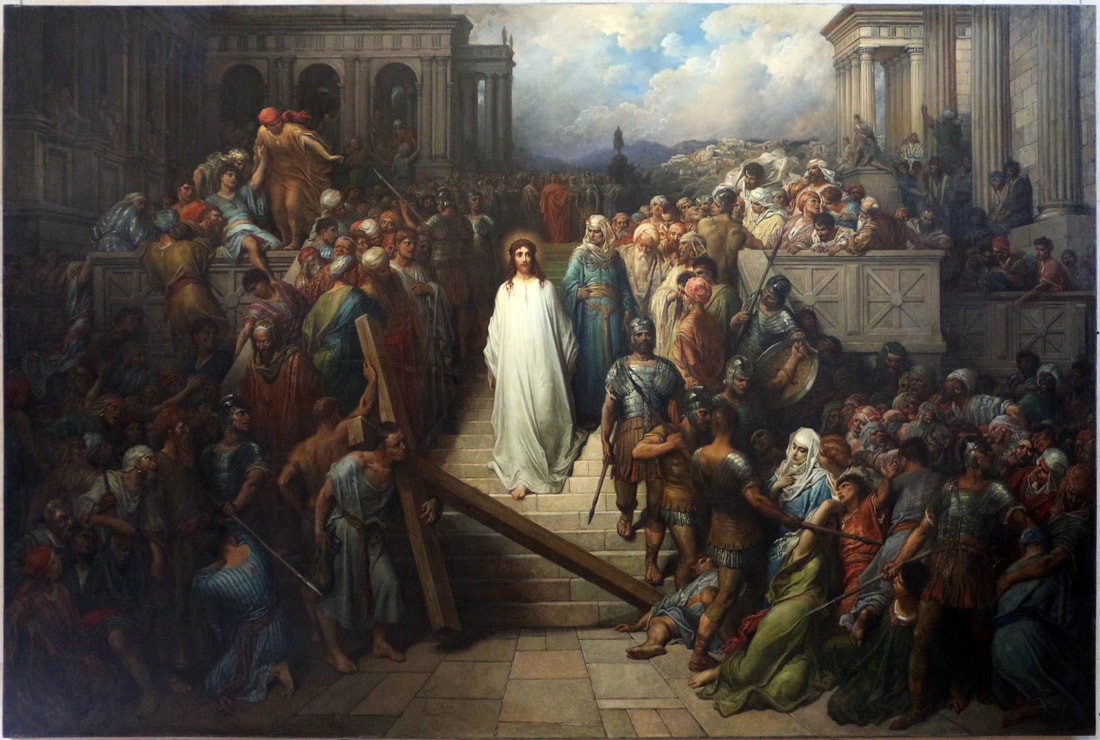
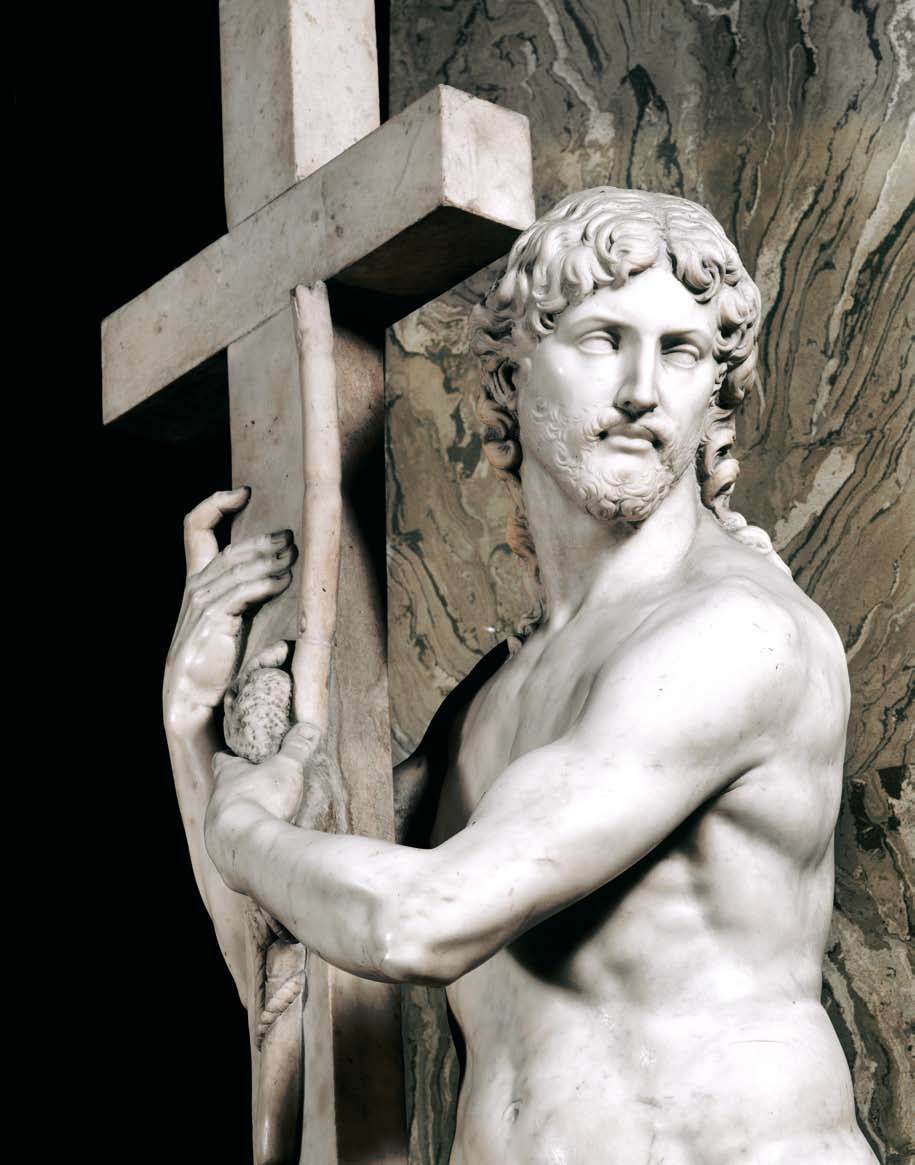
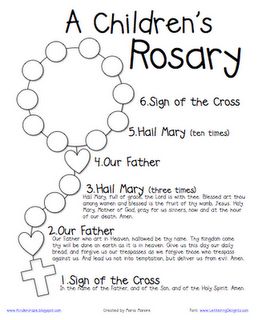
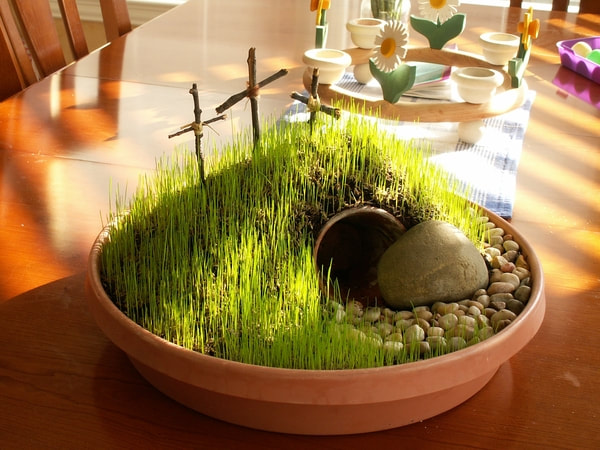
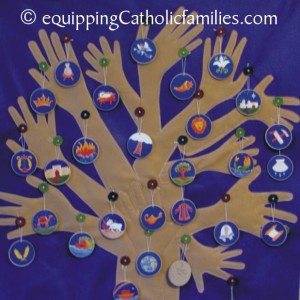
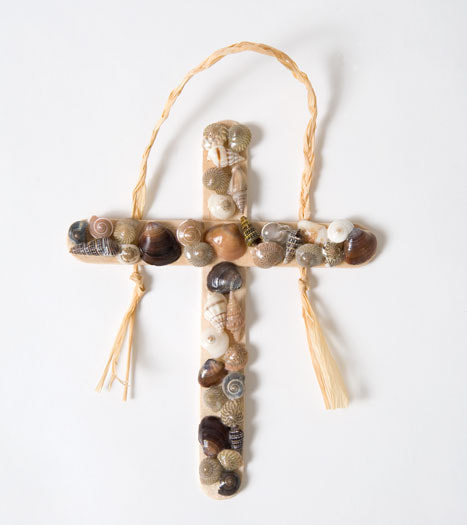
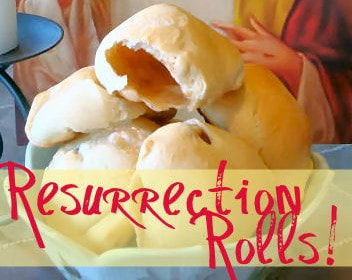
 RSS Feed
RSS Feed